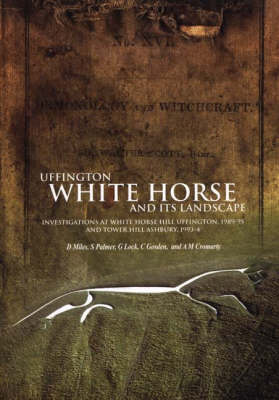Thames Valley Landscapes Monograph
1 primary work
Book 18
Uffington White Horse and Its Landscape
by David Miles, Simon Palmer, Gary Lock, Christopher Gosden, and Anne Marie Cromarty
Published 1 June 2012
The White Horse carved into the chalk of the hillside at Uffington forms part of a complex of prehistoric and later monuments, including the Uffington 'Castle' hillfort, the Ridgeway track, and a number of burial mounds. The nature and date of construction of the White Horse has been the subject of considerable debate, as has its use and possible meaning in past society. This volume presents a full, illustrated account of the archaeological, artefactual and documentary research on the White Horse and its associated sites, carried out between 1989 and 1995. These investigations demonstrate for the first time that the White Horse was originally prehistoric in date. The fact that it has been reworked repetitively since its construction indicates a remarkable continuity in its use and significance over the past several thousand years. This investigation provides new insights into the fascinating landscape of the White Horse, the hillfort and the surrounding sites - a landscape that is best appreciated through movement and visibility across it.
This study encourages us to look openly at the changing roles of the various monuments associated with the White Horse and their physical setting, particularly during the late Bronze Age and early Iron Age, but also within the longer-term history of this part of the Berkshire Downs.
This study encourages us to look openly at the changing roles of the various monuments associated with the White Horse and their physical setting, particularly during the late Bronze Age and early Iron Age, but also within the longer-term history of this part of the Berkshire Downs.
